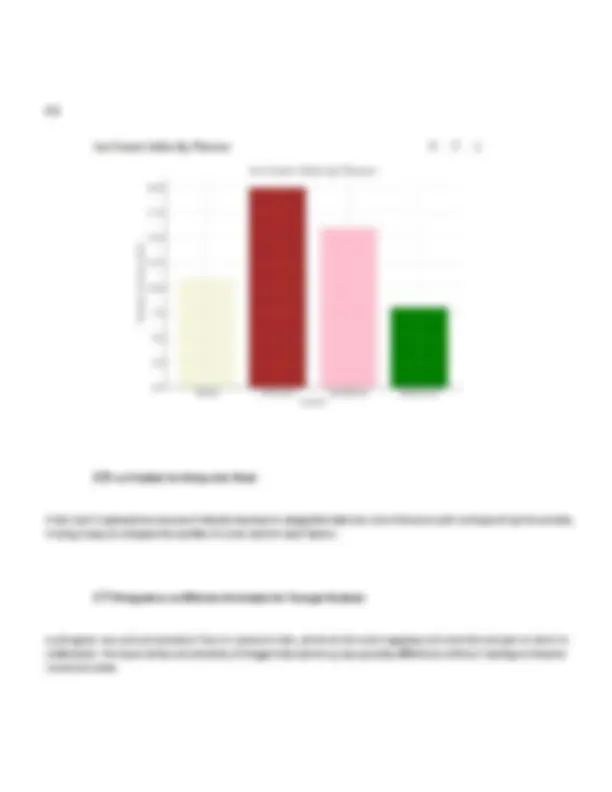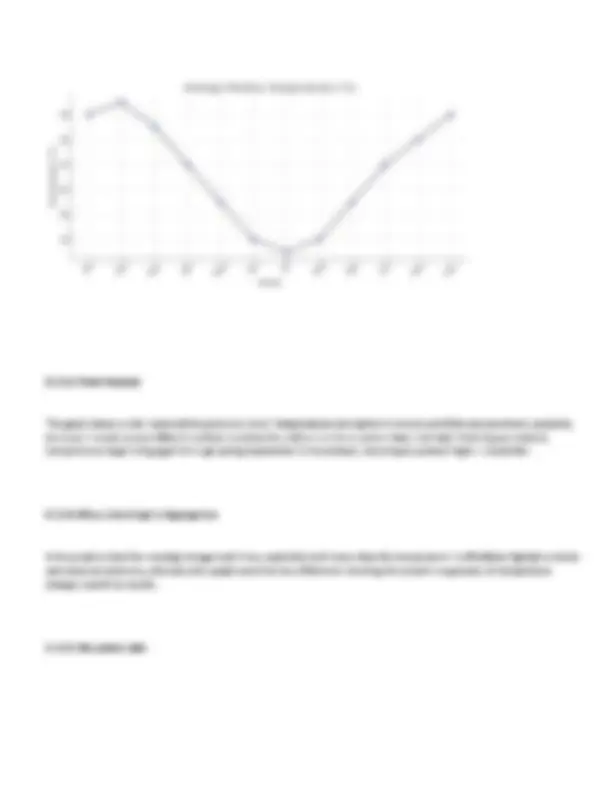












Study with the several resources on Docsity

Earn points by helping other students or get them with a premium plan


Prepare for your exams
Study with the several resources on Docsity

Earn points to download
Earn points by helping other students or get them with a premium plan
Community
Ask the community for help and clear up your study doubts
Discover the best universities in your country according to Docsity users
Free resources
Download our free guides on studying techniques, anxiety management strategies, and thesis advice from Docsity tutors
MIP2602 Assignment 2 2025 - DUE 29 May 2025
Typology: Exams
1 / 18

This page cannot be seen from the preview
Don't miss anything!











MIP2602 ASSIGNMENT 2 CORRECT ANSWERS SEMESTER 1 2025
The random variable of interest is the mode of transport learners use to get to school. 1.1.
The sample of interest is the learners who were randomly selected and surveyed by Mrs. Zinzi.
The data is qualitative because it describes a characteristic (type of transport) rather than a measurable quantity. It is also categorical because the responses (Car, Bus, Walk, Bicycle) represent categories or groups without any inherent numerical value or order.
The measurement scale is nominal. This is because the modes of transport are names or labels without any ranking or order. “Car” is not higher or lower than “Bus”; they are just different categories. 1.1. A survey is appropriate for gathering quick responses from a large group and is cost-effective. However, it depends on self- reported data, which can be inaccurate due to misunderstanding or dishonesty.
Primary data collection is more reliable in this case because it is specific, current, and collected directly from the learners, ensuring relevance and control over data accuracy. Secondary data, such as transport records or older surveys, may be outdated or not specific to her learners. Therefore, primary data is more tailored and trustworthy for understanding current transport methods at her school. QUESTION 2
Flavour Tallies Frequency Relative-frequency % Chocolate ”H M 20 36.36%
Vanilla 11 20%
Peppermint Lfi I I I 8 14.55% Total 55 100 % 2.2 Evaluation from the table
Peppermint sold only 8 cones, giving the smallest relative frequency (= 14.5 %), so it had the lowest performance.
Chocolate sold 20 cones, the highest frequency (= 36.36 %), therefore it was the top-selling flavour.
Class interval (cones) Frequency
Class interval (cones) Frequency Cumulative frequency
(^40) — (^49 2 )
2.4.2 Interpretation The cumulative frequency of 6 for the 50 — 59 class shows that 6 days in the week recorded sales of 59 cones or fewer (i.e., all days whose totals fall in the first three intervals).
2.8 Pictograph Using Key (1 cone = 2 actual cones sold) (9 marks) Pictograph Key: O =2 cones Flavour Cones Sold Pictograph o i 9 9? 9 %9 9 Q 9 v Strawberry 16 Vanilla 11 Peppermint 8 2.9. Pie Charts
egrees —= X
e Chocolate: (20 /55) x 360 = 130.91° e Strawberry: (16 / 55) x 360 = 104.73° e Vanilla: (11 / 55) x 360 = 72.00°
Temperature (°C) N^ N^ N^ N^ N o^ N F=Y [«^ )] (e^ 4] — oo 2.11.2: Trend Analysis The graph shows a clear seasonal temperature trend. Temperatures are highest in January and February (summer), gradually decrease through autumn (March to May), reaching the coldest months in winter (June and July). From August onward, temperatures begin rising again through spring (September to November), returning to summer highs in December. 2.11.3: Why a Line Graph is Appropriate A line graph is ideal for showing changes over time, especially continuous data like temperature. It effectively highlights trends
changes month by month. 2.12.2: The scatter plot
x 90 | X X 80+t X — x
v X 2 S 70t é X
S50F X 2 4 6 8 10 Hours Studied 2.12.2: Correlation Description The scatter plot shows a positive linear correlation. As the number of study hours increases, the test scores also increase. This suggests that students who studied more tended to achieve higher marks, indicating a strong relationship between study time and academic performance. QUESTION 3 3.1 Calculations Statistic Working Result Mean 46.9 min
Histogram of Minutes Spent Listening to Music 7 L F_______’ 6 L
o @ 2 o r—-—-— '——j 1t fi 0 15 25 35 45 55 65 75 85 Minutes 3.5 Skewness: The data is slightly positively skewed because the mean slightly higher than the median (45), and there are a few higher values (e.g. 82) 3.6.
Box-and-Whisker Plot of Listening Minutes 00 N^ O^ U A^ W^ N